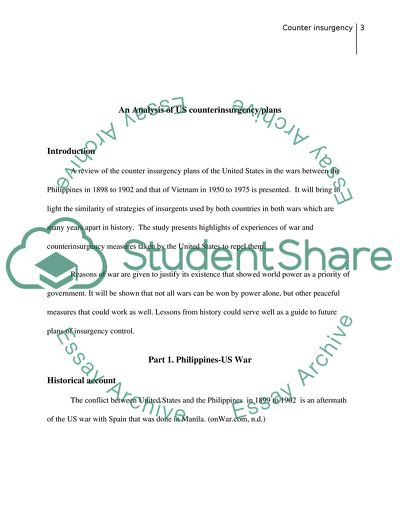Cite this document
(An Analysis of the US Counterinsurgency Plan Research Paper, n.d.)
An Analysis of the US Counterinsurgency Plan Research Paper. Retrieved from https://studentshare.org/military/1734828-analyzing-us-counterinsurgency-campaigns-in-the-philippines-insurrection-and-the-vietnam-war
An Analysis of the US Counterinsurgency Plan Research Paper. Retrieved from https://studentshare.org/military/1734828-analyzing-us-counterinsurgency-campaigns-in-the-philippines-insurrection-and-the-vietnam-war
(An Analysis of the US Counterinsurgency Plan Research Paper)
An Analysis of the US Counterinsurgency Plan Research Paper. https://studentshare.org/military/1734828-analyzing-us-counterinsurgency-campaigns-in-the-philippines-insurrection-and-the-vietnam-war.
An Analysis of the US Counterinsurgency Plan Research Paper. https://studentshare.org/military/1734828-analyzing-us-counterinsurgency-campaigns-in-the-philippines-insurrection-and-the-vietnam-war.
“An Analysis of the US Counterinsurgency Plan Research Paper”, n.d. https://studentshare.org/military/1734828-analyzing-us-counterinsurgency-campaigns-in-the-philippines-insurrection-and-the-vietnam-war.


